Last week, professionals from the UAV industry and government leaders gathered at Nationals Park in Washington, D.C., for the AUVSI Drone and AAM Policy Symposium. The two-day event featured panel discussions and fireside chats focused on the latest developments in policy, regulation, and other key issues impacting drone operations. With speakers from policy advocates, companies leading in sectors like drone delivery, and government officials charged with creating the rules for next-generation drone operations, the conversations during and between sessions highlighted many of the biggest issues on the minds of industry leaders today.
As one would expect, one topic dominated much of the discussion throughout the week: Beyond Visual Line of Sight (BVLOS) operations and the yet-to-be-released Part 108 rules.
Frustration Around Part 108
Unsurprisingly, there was a significant amount of frustration from those within the industry about the lack of movement around the Notice of Proposed Rulemaking (NPRM) for Part 108, which will regulate new rules around BVLOS operations. Multiple deadlines had been set and eventually missed to release the NPRM, including one just last month on July 6. This frustration was addressed right at the top of the event by AUVSI CEO Michael Robbins in his opening remarks.
“I’ll start by addressing the elephant in the room: The beyond visual line of sight, or Part 108, rulemaking, or the lack thereof,” Robbins said. “Last year at this event, the industry was anxiously awaiting this draft rule, and here we are again. Promises have been made, promises have been broken. Deadlines have been set, deadlines have been missed.”
Robbins would go on to acknowledge work being put in by the various stakeholders involved in putting together these rules, including congressional committees and organizations under the jurisdiction of the executive branch, going as far as describing the FAA’s efforts as “Herculean.” Ultimately, he told the room that it was essential for the industry to remain united and struck an optimistic tone, suggesting that the NPRM would be released soon.
That optimism was backed up by Chris Senn, an Assistant Administrator at the FAA. In a separate session, he said, “We have never been closer, I can promise you all that. I know you all have heard it time and time again, but we are extremely close.”
What Needs to be Addressed?
While many of the speakers admitted that they were hoping to use their panels to talk about newly released proposed rules around Part 108, they were still able to speak about a lot of the work that will need to be done when these rules are released.
For example, one panel discussion entitled BVLOS in Practice: Supporting Diverse Use Cases Through Regulation included stakeholders in organizations across various sectors, including delivery, utilities, and agriculture, who discussed how they are thinking about these new rules and the biggest concerns they have about these rules.
Will Dawson, the founder of The Agricultural Drone Initiative, which advocates for American Agricultural Drones and those in the industry who utilize the technology, said that his biggest hope for this NPRM is that there are considerations made for how different industries are regulated for BVLOS operations. He called out how these industries differ in their operations, and a blanket rule for everyone could miss some of the nuances between industries, such as agriculture.
The panel also discussed many of the biggest pain points they are feeling in what was described as a “bridge plan” that they hope to see addressed. Okeoma Moronu, Head of Regulatory, Policy, and Government Affairs with drone delivery company Zipline International, explained the difficulties around approvals and processes. She pointed to the paper-based processes for registering aircraft, and how that could look at scale when organizations are producing thousands of aircraft on an annual basis.
She also explained some of the pain points around certification for maintenance technicians, specifically those on the software engineering side, who still need to be certified by FAA staff members. She hopes for a rule to ensure companies provide the proper training and oversight to lessen the direct oversight required from the FAA. This, she argues, would both streamline operations on the private side and free up much-needed time for those at the FAA.
The Importance of the Commenting Period
A separate session held on the event’s second day, entitled Comment with Confidence: Shaping FAA Policy Through NPRMs, focused on the importance of public engagement following the initial release of the NPRM. Once the Part 108 NPRM is released, the public will have the opportunity to comment on these rules, both what they liked and what was disliked. The panel talked about how important this period is, and educated the audience as to how these comments are evaluated and best practices for leaving these comments.
The panelists emphasized that, by law, the FAA has to review each and every comment, and ultimately uses these to shape the final rule. Furthermore, they are required to have evidence to support any action they take within the rules, and this is often taken directly from comments. Because of all of this, according to the panelists, it’s critical to make sure your voice is heard and is put into the public record, both for potential rules that would have a negative impact on your business, but also the positives from the proposed rules.
Given how large these documents can be, the panel discussed the idea of using artificial intelligence tools to help navigate and understand the full documents. Joshua Turner, a partner at the law firm Wiley Rein, acknowledged that there is power in these tools as a starting point, but heavily emphasized the importance of verifying everything directly for accuracy before leaving a public comment.


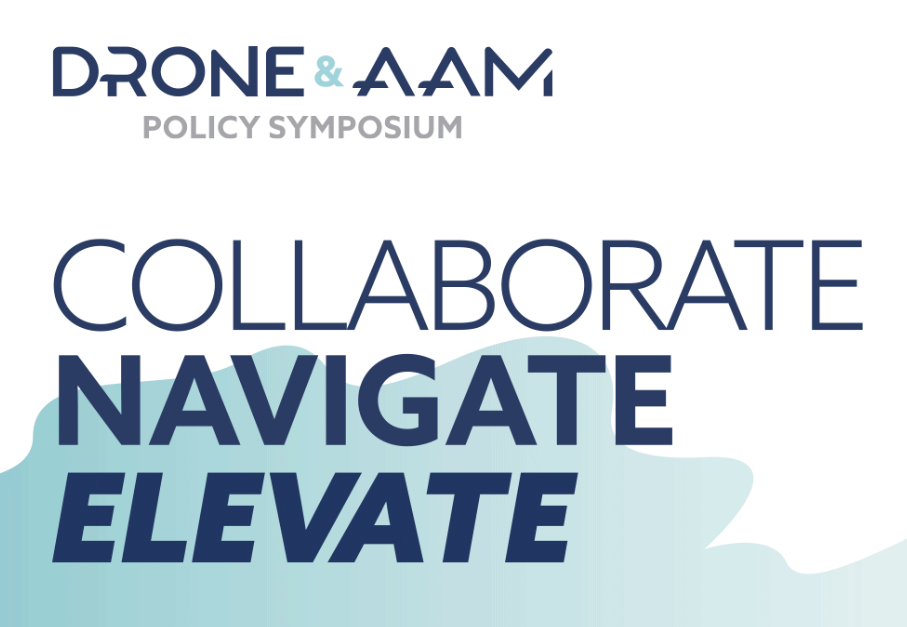



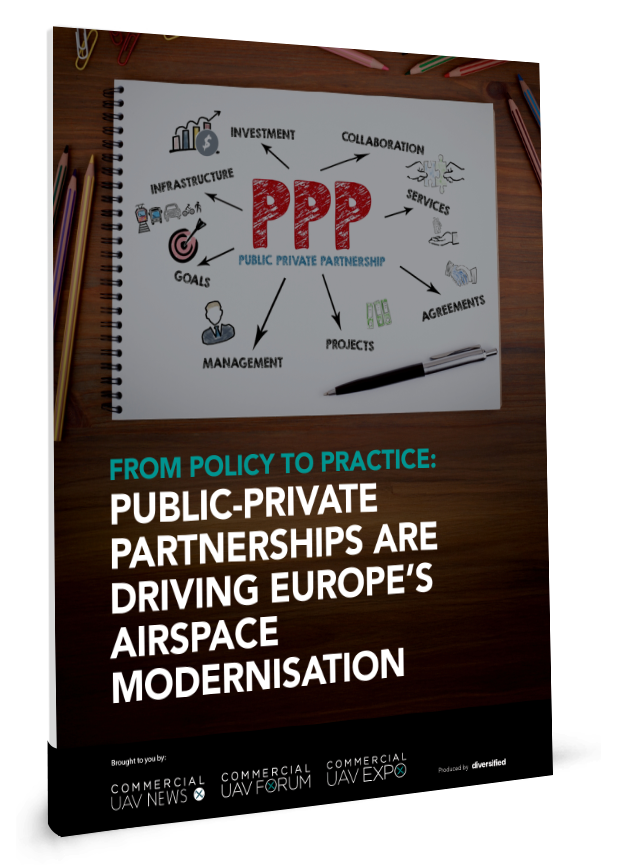
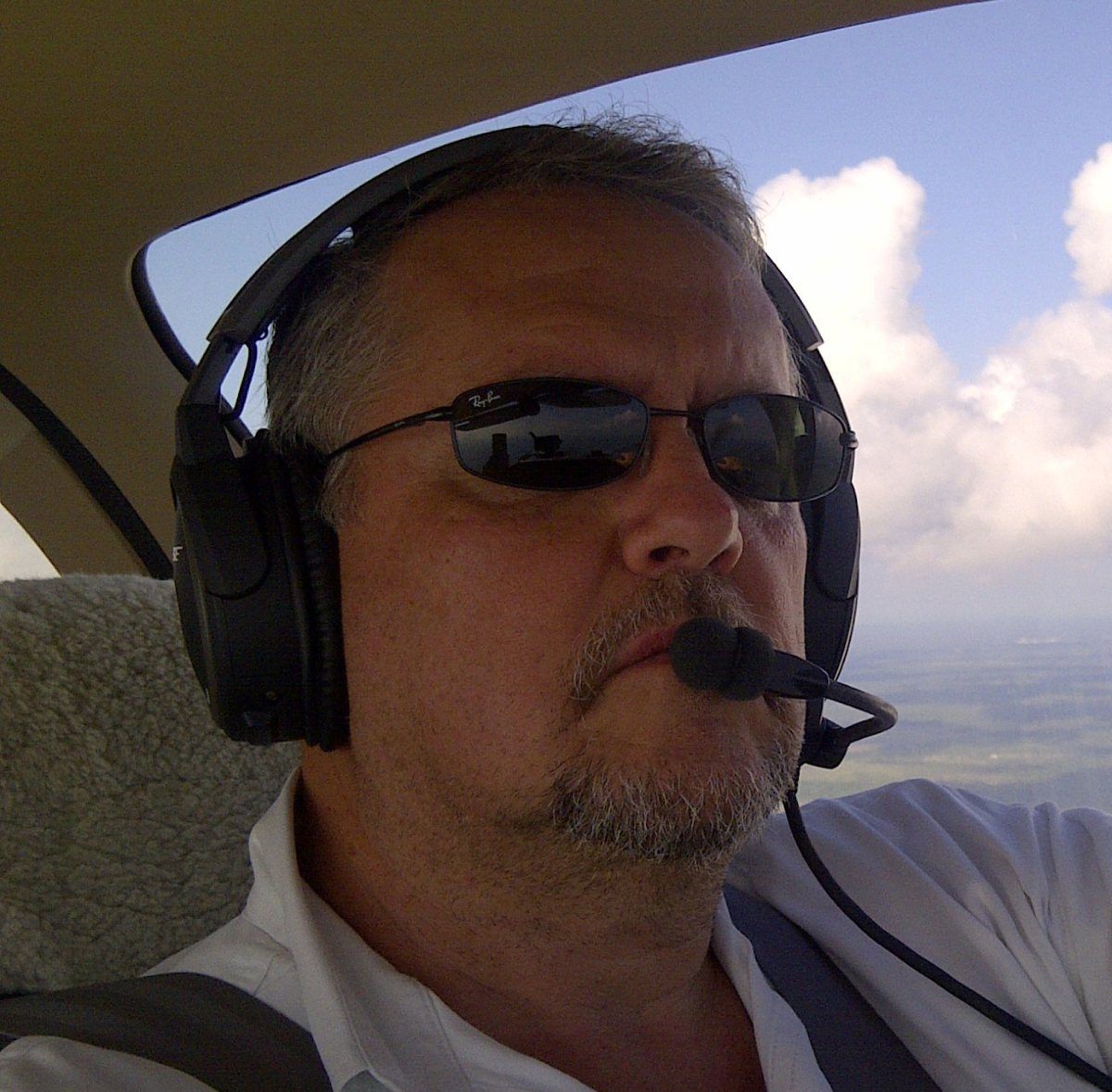




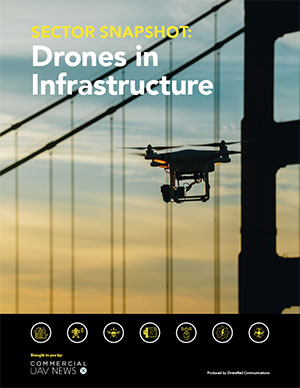
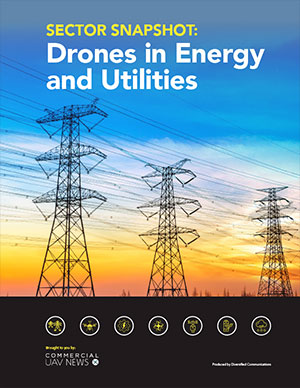

Comments